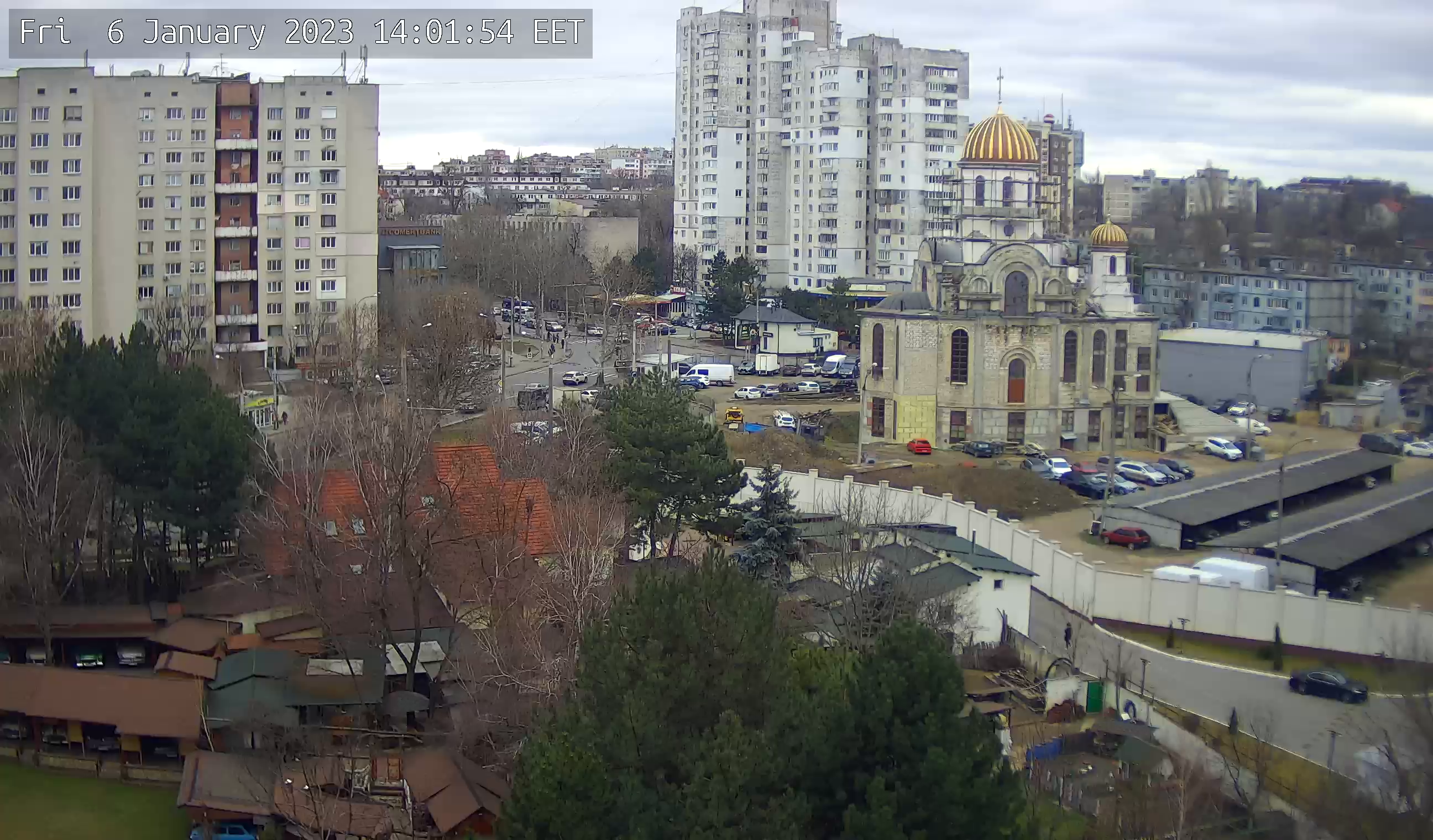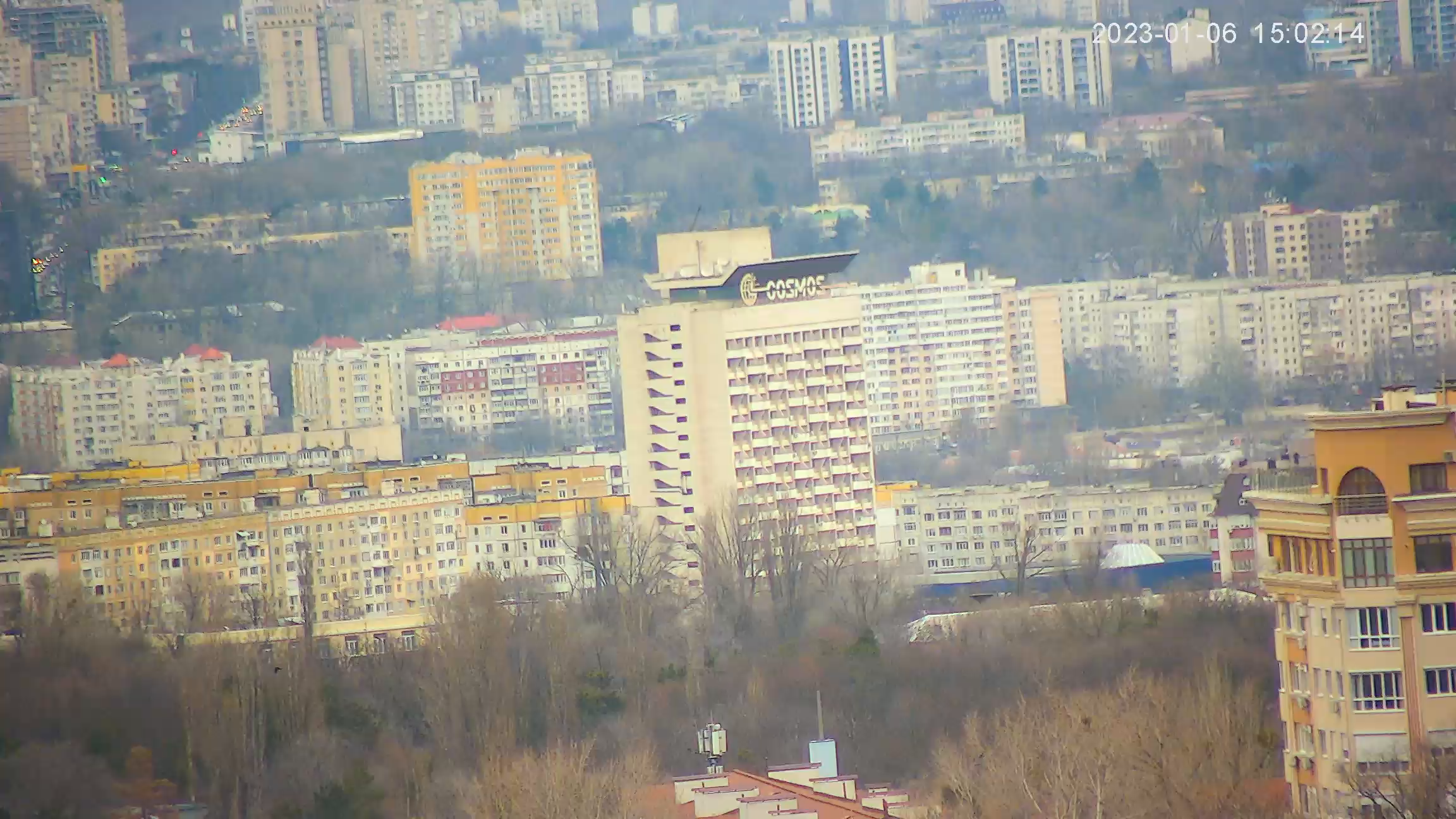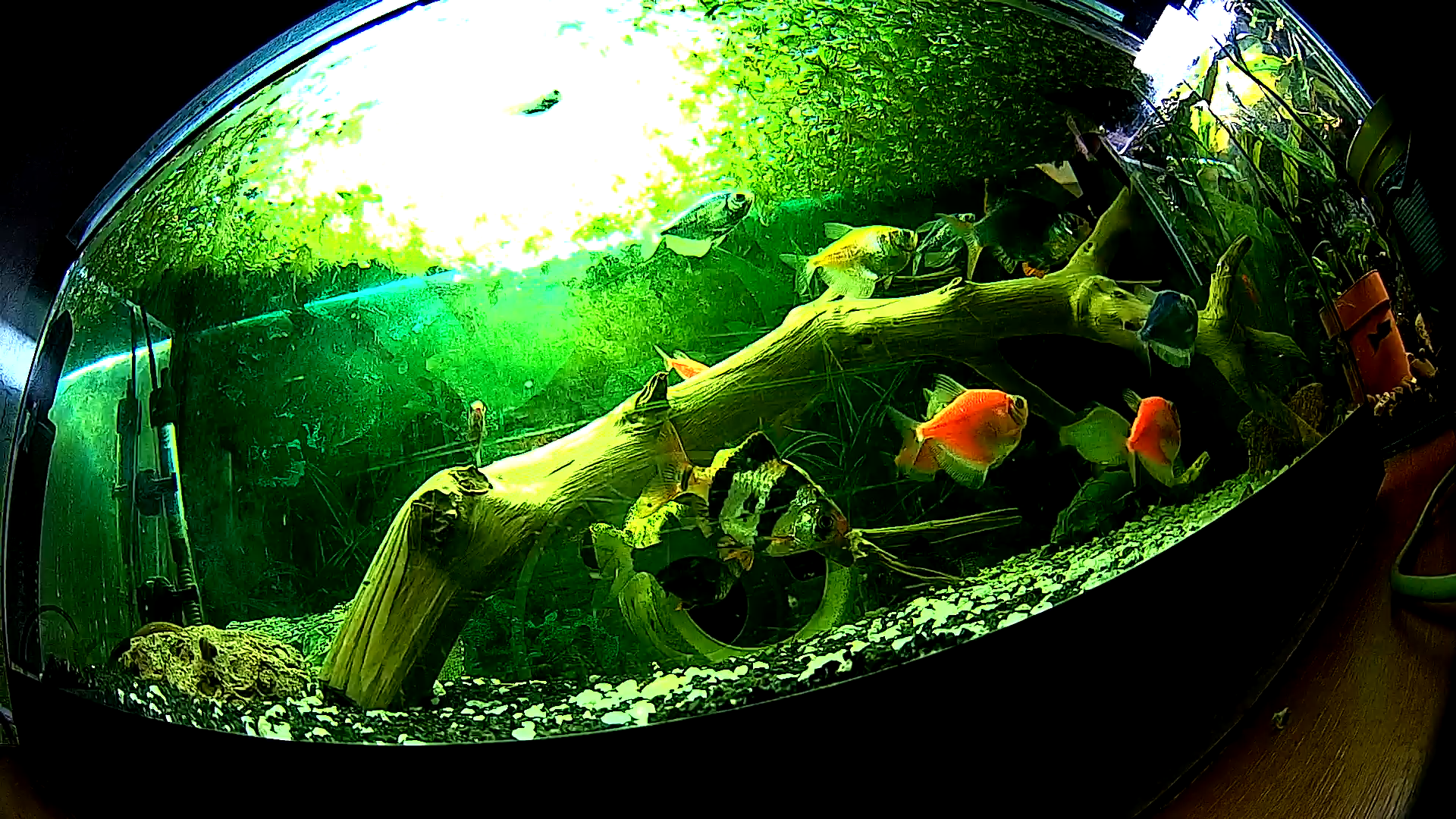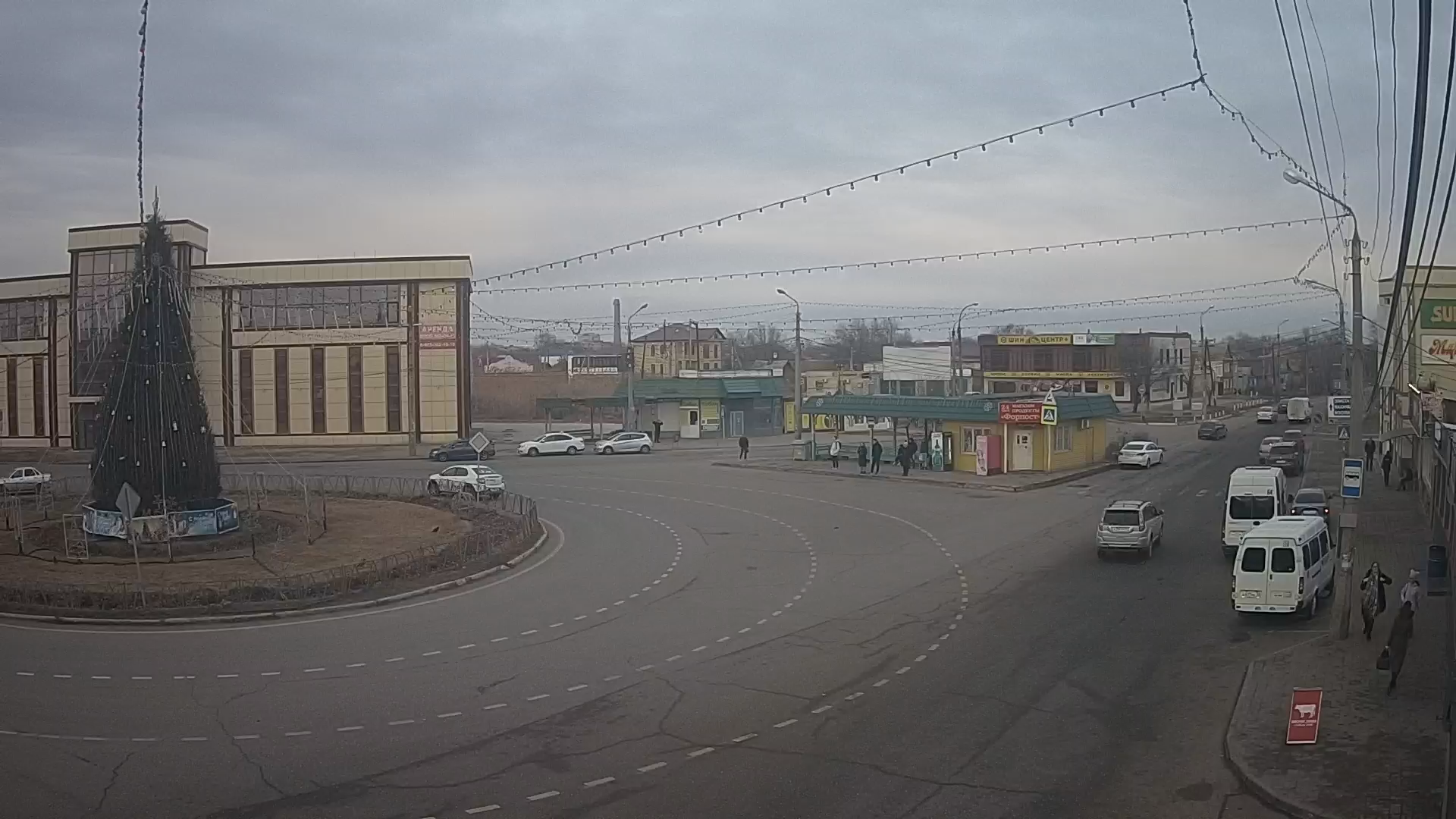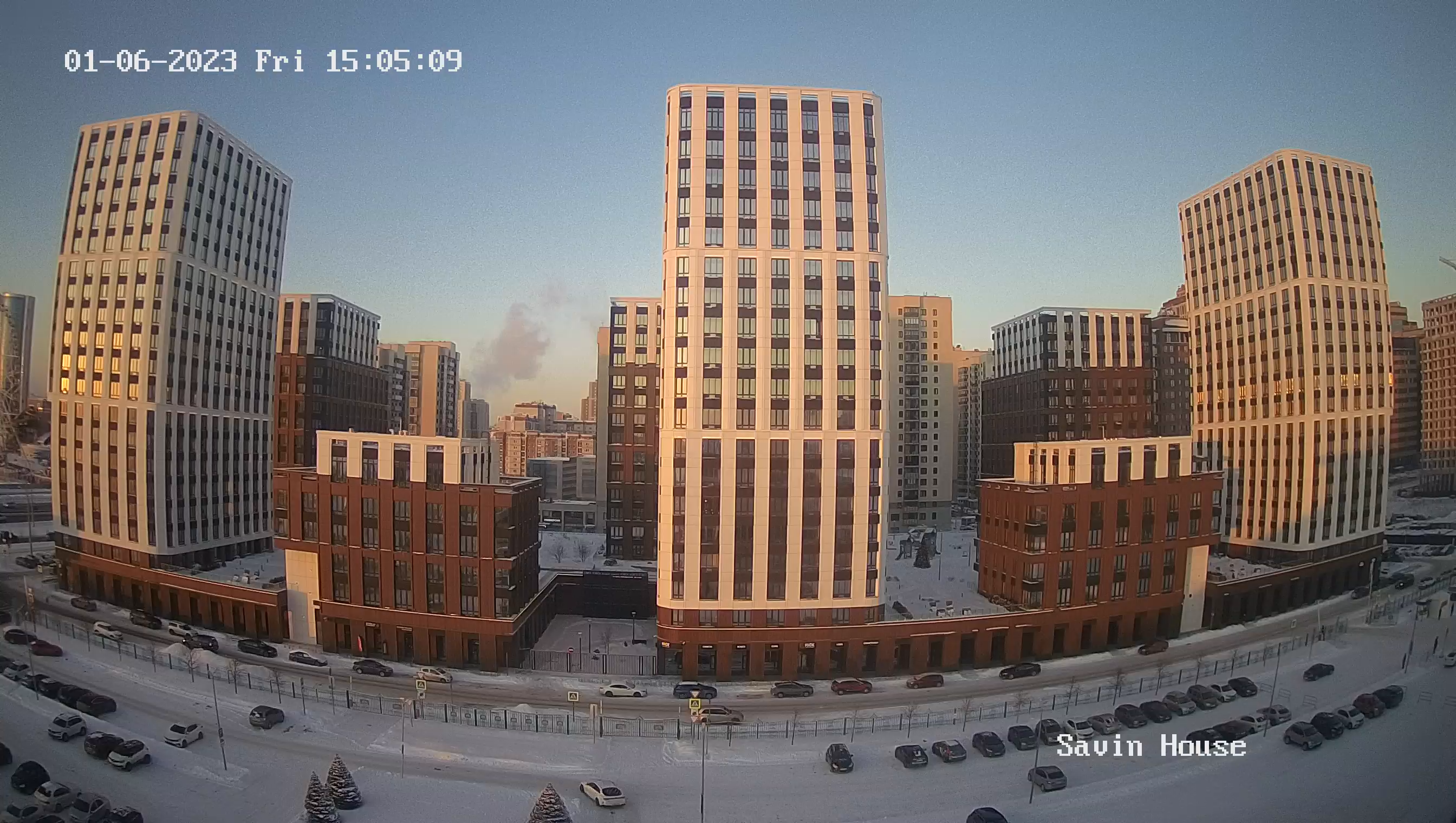Webcam Pushkin. Peterburgskoe highway, Leningradskaya street (Leningrad region)
Pushkin is one of the most brilliant suburbs of St. Petersburg, a place of mass tourist pilgrimage. In the Catherine Palace, considered a masterpiece of the Russian Baroque, restorers have revived the famous Amber Room.
Pushkin (formerly Tsarskoe Selo) is one of the most picturesque, environmentally friendly and attractive to tourists suburbs of St. Petersburg. Founded in 1710, the city was the most famous suburban residence of the tsar, which grew two district towns: Tsarskoe Selo proper and Sofia, located south of Catherine Park.
Before the revolution they were both inhabited mostly by palace servants and guards.
During the Great Patriotic War, Pushkin was almost completely destroyed. After the war not everything was restored with Herculean efforts. So, for example, of the 58 halls of the Catherine Palace, destroyed during the war, at the moment 32 have been reconstructed. Restoration work continues.
In 2010 Tsarskoye Selo celebrated its 300th anniversary. By the anniversary a lot of work had been done - three state rooms of the Alexander Palace were restored, the St. Catherine Cathedral was rebuilt, the Reserve Palace was renovated which is now the Wedding Palace. The Concert Hall, Turkish Bath and Hermitage pavilions have been opened to the public (in the latter the unique 18th century tables with hoisting mechanisms have been recreated), and the Hermitage Grove has been rearranged. In addition, the Petersburg freeway was repaired and a children's railroad was opened. In 2011 the Lower Bath Pavilion and the exhibition Agate Rooms. The Road to Revival".
But Tsarskoe Selo is not only a brilliant royal residence with all the court trappings, but a real city of muses. The masterpieces of architecture and sculpture, the charm of parks inspired many Russian poets, writers and artists. It was here, at the Tsarskoye Selo Lyceum, that the future genius of Russian poetry, Alexander Pushkin, began his literary career. In 1937, on the 100th anniversary of Pushkin's death, the city was renamed in his honor.
In 1900 in the Lyceum garden, not far from the ancient Church of the Sign, where students went to pray, put a monument to Pushkin the Lyceum student. The young poet sits with a pensive look on a garden bench, like those around, where we can also sit down. The poems of Anna Akhmatova, who lived in Tsarskoye Selo in her youth, come to mind:
The swarthy lad wandered the alleys, By the lake shores sad, And for a century we cherish The faintly audible rustling of footsteps. The needles of the pines thick and prickly Cover the low stumps... Here lay his triangle And a disheveled volume.
Many artists are associated with Tsarskoe Selo. Local boys and girls gymnasiums are alma mater of Anna Akhmatova, Nikolai Gumilev and Nikolai Punin, and the director of Tsarskoye Selo gymnasium at that time was the famous poet, playwright and literary critic Ivan Annensky. Tsarskoye Selo was also creatively associated with remarkable artists of the early 20th century: Chistyakov, Golovin, Somov, Dobuzhinsky, Petrov-Vodkin and Lancere.

